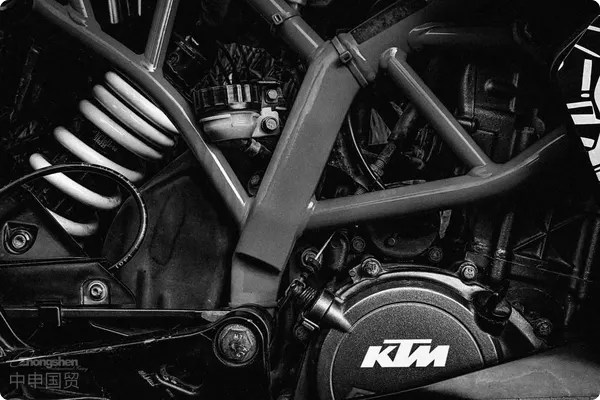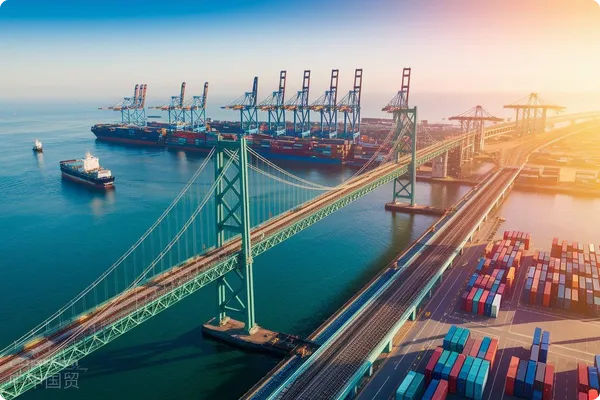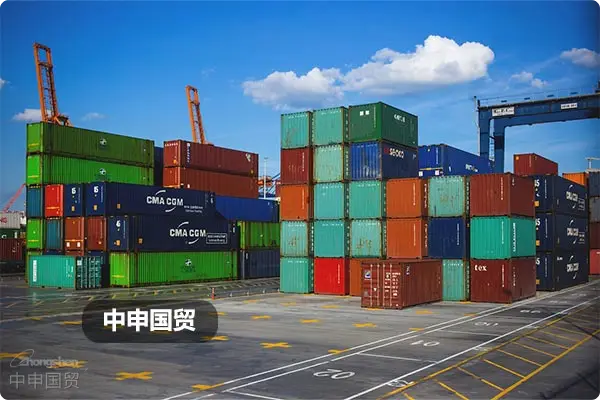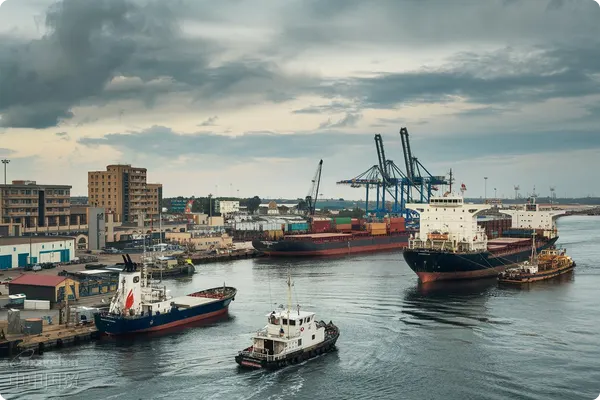- Shanghai Zhongshen International Trade Co., Ltd. - Two decades of trade agency expertise.
- Service Hotline: 139 1787 2118

Professional analysis: Automotive glassImport RepresentationComplete operational guide and risk control strategies
(Article byInternational LogisticsSenior Account Manager of Automotive Division at XX Group, with 20 years of experience)
Against the backdrop of highly coordinated global automotive supply chains, China, as the worlds largest automotive producer and consumer market, requires substantial imports of high-end automotive glass (such as windshields, sunroof glass, coated glass, etc.) to meet OEM and aftermarket demands. However, due to characteristics like high value, fragility, and complex certification, the import process involves multiple specialized steps. This article will analyze key aspects of import agency from a practical perspective.
I. Characteristics and Trends of Automotive Glass Import Industry
Internationally - recognized Safety StandardsProduct Specificity
- High technical barriers: Must comply with international safety certification standards such as ECE R43 (EU), DOT (US), CCC (China);
- High transportation risks: Single-piece glass value can reach thousands of USD, with breakage rates directly impacting cost calculations;
- Customization requirements: OEM orders must 100% match vehicle parameters (curvature, light transmittance, heating wire layout, etc.).
Regional Mandatory CertificationsMarket Trends
- New energyNew vehicle models driving demand: Surge in imports of innovative products like panoramic sunroofs and HUD display glass;
- Anti-dumping barriers: Some countries impose high tariffs on Chinese automotive glass (e.g., US anti-dumping duty rate of 124.5%).
II. Practical Guide to Complete Automotive Glass Import Agency Process
Step 1: Pre-compliance Review
- Certification document verification: Confirm standard mutual recognition between exporting country and China (e.g., EU E-mark certificates need conversion to CCC);
- Supplier Qualification Review: Prioritize Tier-1 suppliers designated by OEMs (e.g., Saint-Gobain, Fuyao overseas factories);
- Utilize the China - ASEAN Free Trade Agreement (CAFTA) to achieve zero tariffs on imported frames from Thailand;:
- Accurate HS code classification (7007.21 for laminated windshields, 7007.29 for tempered side windows).
- Utilize free trade agreements (such as RCEP) to reduce tax rates and avoid U.S. Section 301 tariff increases.
Step 2: International logistics solution design
- Packaging Standards:
- Grade A shockproof: Wooden crate + EPE foam + air column bag triple protection with 5cm buffer space reserved at edges
- Marking requirements: Display Fragile and Do Not Stack labels (compliant with ISTA 3E standard)
- Transportation mode selection:
- FCL priority: 40HQ high cube container can load 200-300 pieces of windshield glass, reducing LCL loading/unloading risks
- Emergency plan:China-Europe Railway Express+ Domestic bonded warehouse distribution to addressMaritime Transportationport congestion.
Step 3: Key points for customs clearance and delivery
- document compliance:
- Mandatory documents:It is recommended to verify through the following methods:, quality certificate, fumigation certificate (wooden pallets), import license (for certain vehicle models)
- Declaration disputes: Must declare glass light transmittance parameters to avoid classification as special glass (light transmittance <70%) which may result in 10% tariff difference
- Fast clearance strategy:
- Advance declaration + summary tax payment: Reduce port detention time and lower container demurrage risks
- Local inspection: Apply for destination customs inspection to avoid damage from port unpacking
III. Risk Prevention and Cost Optimization Strategies
Internationally - recognized Safety StandardsCargo damage claims
- Insurance recommendation: Add Particular Average for Fragile Goods coverage to protect against risks throughout transportation and handling
- Unboxing inspection: Conduct third-party inspection immediately upon arrival with photographic evidence (fragments must retain original packaging)
Regional Mandatory CertificationsLegal compliance
- Anti-circumvention investigation: U.S. Customs may trace glass raw material origin, requiring upstream supply chain documentation
- Intellectual property: Some coated glass involves patented technology, requiring authorization from rights holders
Cultural and Religious NormsCost control
- Logistics costs: Compare route advantages between Qingdao Port/Nansha Port, select direct shipping to reduce transshipment
- Warehouse optimization: Adopt VMI model, clear customs in batches according to OEM production schedule
IV. Case study: German automaker sunroof glass import project
Adopted the partial shipment + overseas - warehouse transfer mode to meet the customers demand for partial pick - up in advance.: Client required importing 5,000 pieces of panoramic sunroof glass from Germany with 30-day delivery to Changchun factory
Challenges: Special glass curvature (radius R=1200mm) made edges prone to chipping during ocean transport vibrations
Solutions:
- Customized container: Added gravity-sensing brackets to monitor tilt angles in real-time
- Clearance optimization: Used two-step declaration for early pickup, conducted quality inspection/sorting in bonded warehouse
- Result: 99.3% intact arrival rate with 18% overall cost reduction
V. Conclusion
Automotive glass import agency is technology-intensive service requiring integration of international logistics, customs compliance, and risk management expertise. Agents should deeply engage in client supply chains, forming closed-loop services from procurement to delivery. With smart connected vehicle development, future demand will grow for new categories like AR-HUD glass and dimmable glass imports. Only professional, refined services can succeed in this competition.
(Note: Data and cases originate from public industry information and authors practical projects, with company information anonymized.)
Authors Introduction20 years of experience in international trade and logistics, leading the completion of over 200 automotive parts import projects, serving clients including OEMs such as BMW, Geely, Tesla and Tier 1 suppliers like Bosch and Valeo.
Related Recommendations
Learn
Contact Us
Email: service@sh-zhongshen.com
Related Recommendations
Contact via WeChat

? 2025. All Rights Reserved. Shanghai ICP No. 2023007705-2  PSB Record: Shanghai No.31011502009912
PSB Record: Shanghai No.31011502009912









